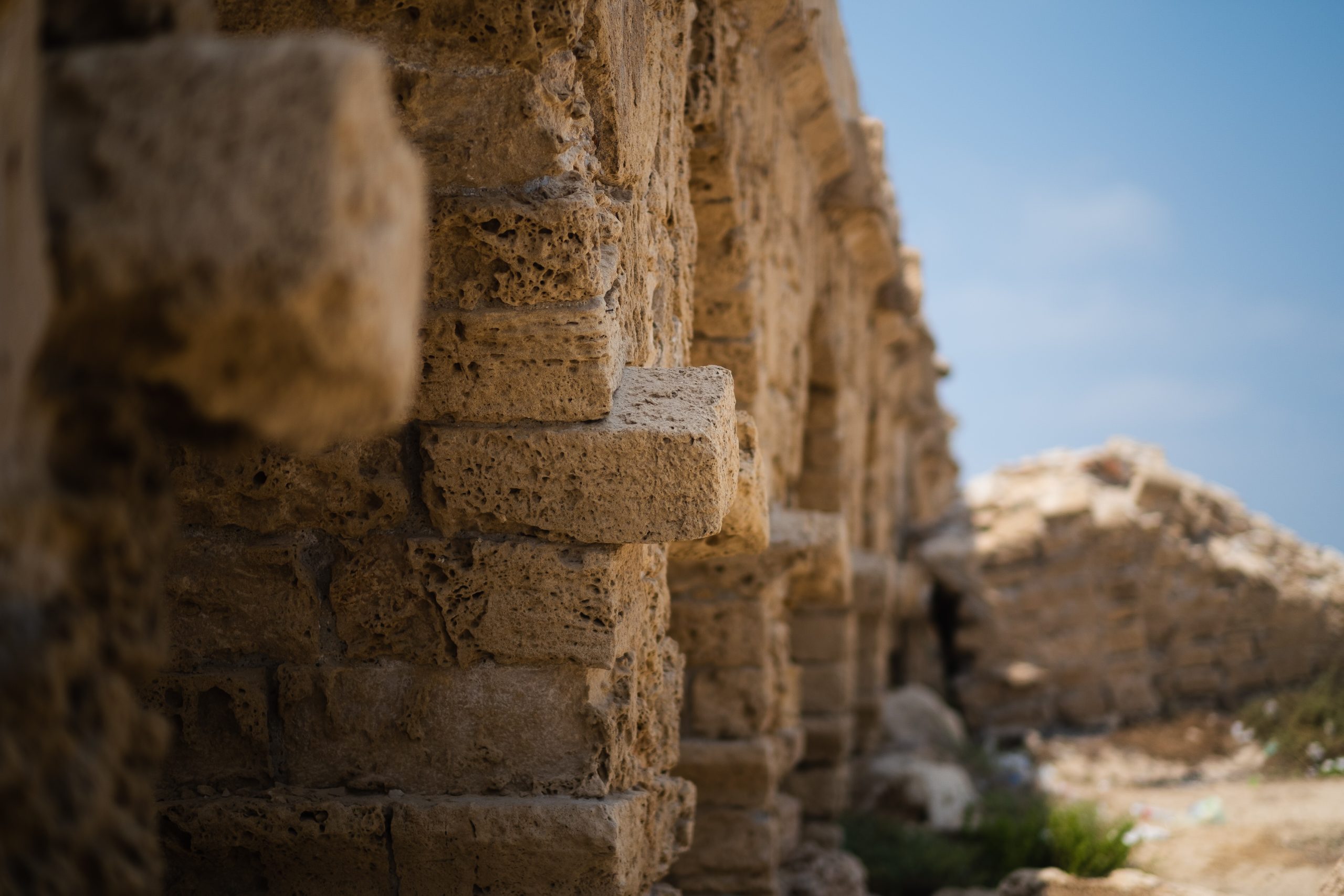
Chris Lange, FISM News
[elfsight_social_share_buttons id=”1″]
Israeli archeologists digging in eastern Galilee recently unearthed a farmstead predating the days Christ walked the earth.
The remains of the farm, which dates back to the Hellenistic Hasmonean period, give an eerie impression that its occupants fled abruptly, with many artifacts appearing as though they were in use moments before the site was abandoned.
“We were very lucky to discover a time-capsule, frozen in time, in which the finds remained where they were left by the occupants of the site, and it seems that they left in haste in [the] face of an impending danger, possibly the threat of a military attack,” Dr. Amani Abu-Hamid, director of the excavation on behalf of the Israeli Antiquities Authorities (IAA), said, according to The Jerusalem Post.
The Jewish Hasmonean Dynasty ruled ancient Judea from 142 to 63 B.C. during what is commonly referred to as the Second Temple Period. The remarkable discovery is the first of its kind; to date, no one has ever found remains from the Hellenistic Hasmonean period in Galilee.
The unprecedented find was made in a region of Israel known today as Horbat Assad. It is unclear at this time who may have lived on the farmstead or what prompted its abandonment. Archeologists discovered a treasure trove of artifacts that could provide clues, including coins, iron tools, loom weights used in garment weaving, and ceramic containers, leading to the speculation that inhabitants were forced to leave their possessions behind.
“The weaving loom weights were still on the shelf, the storage jars were intact,” Abu-Hamad said. “We know from the historical sources that in this period, the Judean Hasmonean Kingdom expanded into the Galilee, and it is possible that the farmstead was abandoned in the wake of these events,” he continued, adding, “More research is required to determine the identity of the inhabitants of the site.”
The archaeologists also unearthed foundations of buildings, pottery, and other artifacts dating back to the 10th-9th centuries B.C.
The site was discovered in a routine dig in preparation for an upcoming project by Israel’s national water company, Mekorot, to transport desalinated water to the Kinneret (Sea of Galilee). The IAA frequently conducts archeological digs ahead of projects involving earth movement in an effort to locate and preserve historical and cultural artifacts.
The IAA, with Mekorot’s cooperation, is currently working to preserve the site and conduct further research into its mysterious former occupants.
